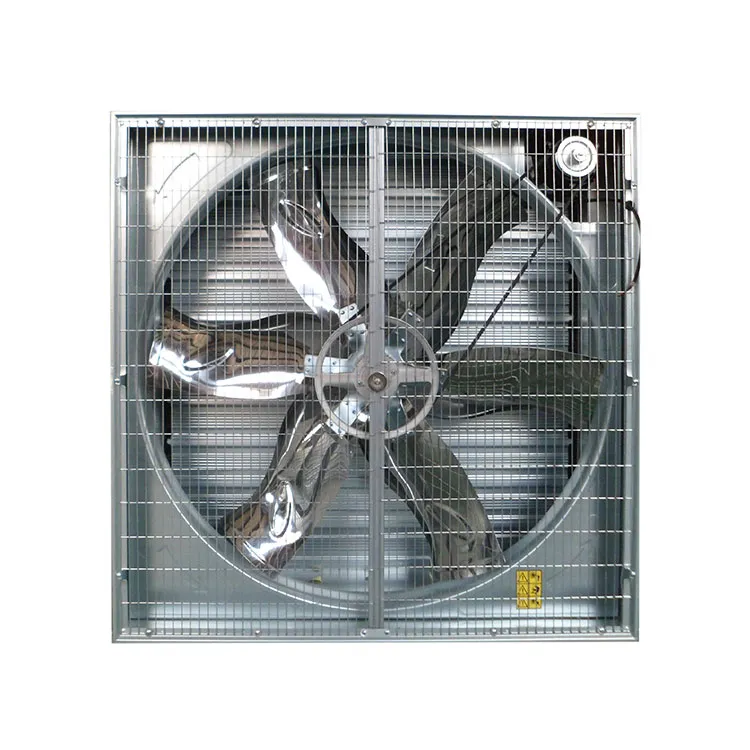When it comes to improving indoor air quality and maintaining a comfortable environment, extractor fans and exhaust fans are often mentioned as solutions. While both devices work in a similar manner by drawing air out of a space and venting it to the exterior, they differ in several key ways. In this article, we will explore the differences between an extractor fan and an exhaust fan, emphasizing the importance of selecting the right type for your specific needs and using the keyword "Exhaust Fan" frequently.
Functionality
At their core, extractor fans and exhaust fans serve the same purpose: to remove unwanted air, moisture, heat, and pollutants from a space. Both devices work by drawing air in through an intake and expelling it through an outlet, typically located on the exterior of the building.
However, extractor fans are typically smaller and designed for specific applications, such as removing steam and moisture from bathrooms or kitchens. They are often installed in walls or ceilings and connected to a ductwork system that vents the air to the exterior.
Exhaust fans, on the other hand, are more versatile and can be used in a variety of settings, including industrial and commercial spaces. They are larger and more powerful, with the ability to move large volumes of air quickly and efficiently. Exhaust fans are often part of larger ventilation systems that are designed to maintain air quality and temperature in large spaces.
Suitability for Home Use
One of the key differences between extractor fans and exhaust fans is their suitability for home use. Extractor fans are typically small and designed specifically for residential applications, making them an excellent choice for bathrooms, kitchens, and laundry rooms. They are easy to install and maintain, and can significantly improve indoor air quality by removing moisture and odors.
In contrast, large exhaust fans are not suitable for home use due to their size and power. They are designed for industrial and commercial applications and would be overkill for residential settings. Installing a large exhaust fan in a home could also be a waste of energy and resources, as it would likely be oversized for the space and could lead to unnecessary noise and drafts.
Durability and Maintenance
Extractor fans and exhaust fans also differ in terms of durability and maintenance. Extractor fans are designed to be used in residential settings and are often built with lower-grade materials to keep costs down. While they are generally reliable, they may require more frequent maintenance and replacement than industrial-grade exhaust fans.
Exhaust fans, on the other hand, are typically built with more durable materials and designed to withstand the rigors of industrial environments. They are less likely to require maintenance and can often last for many years with proper care.
